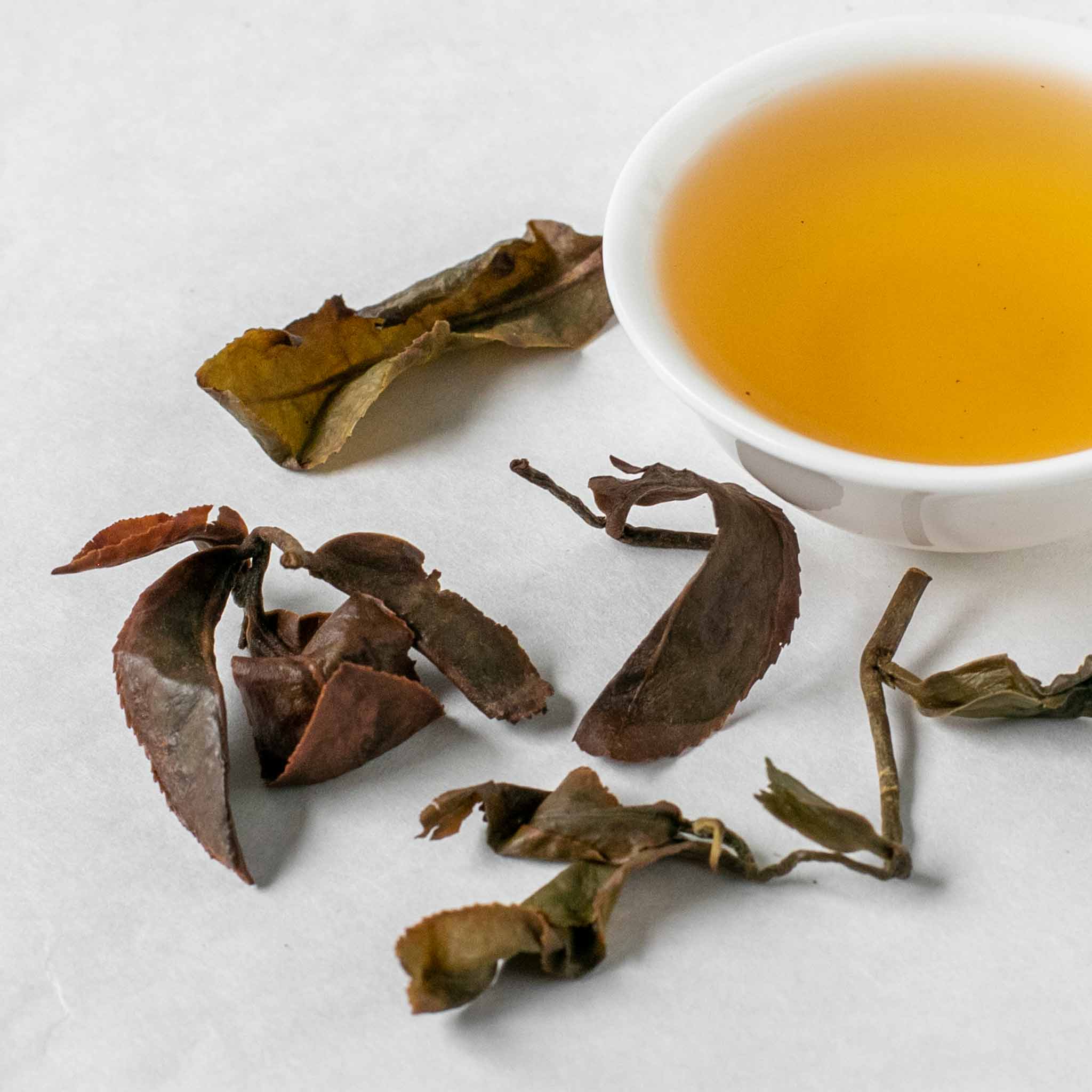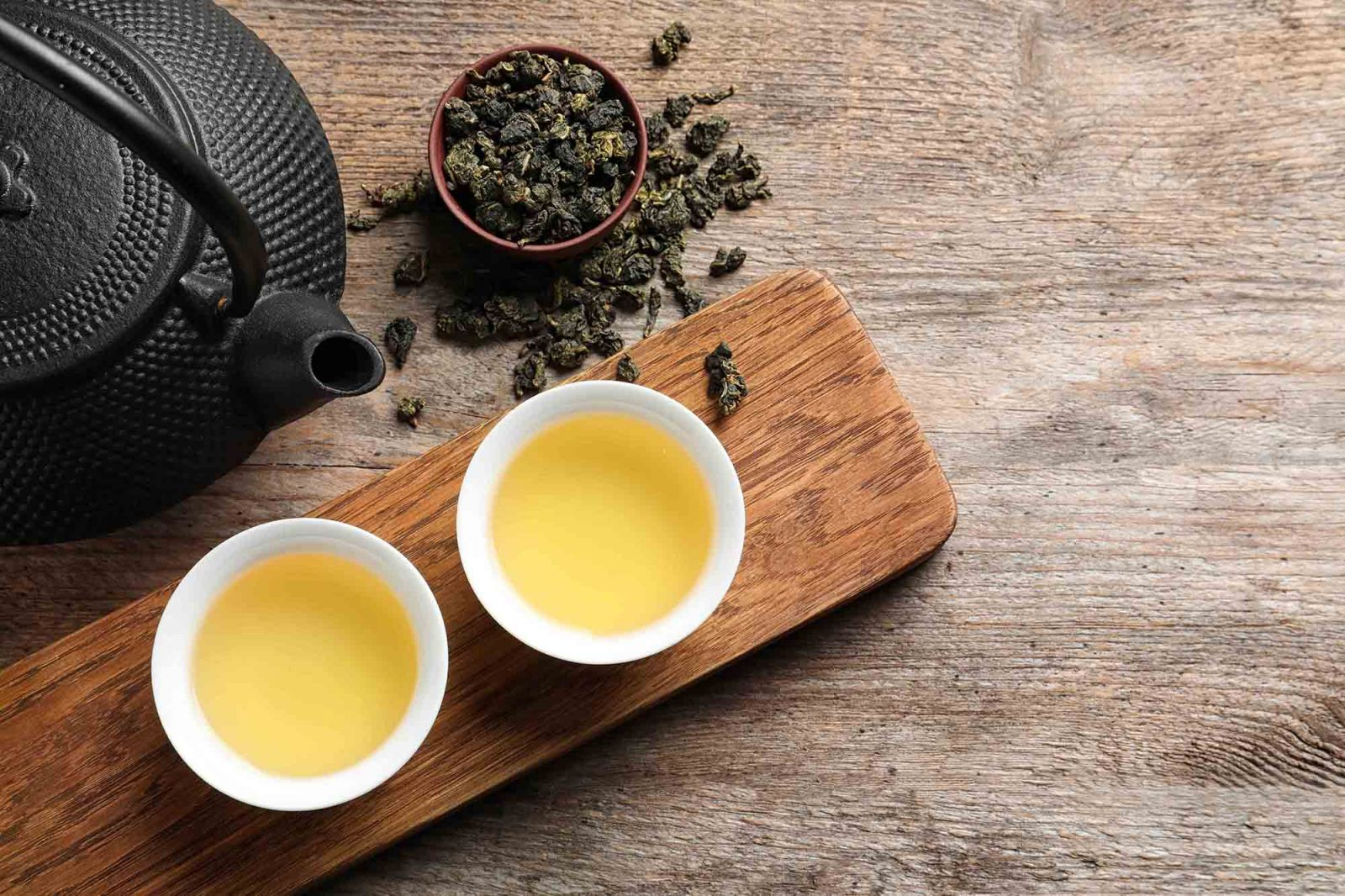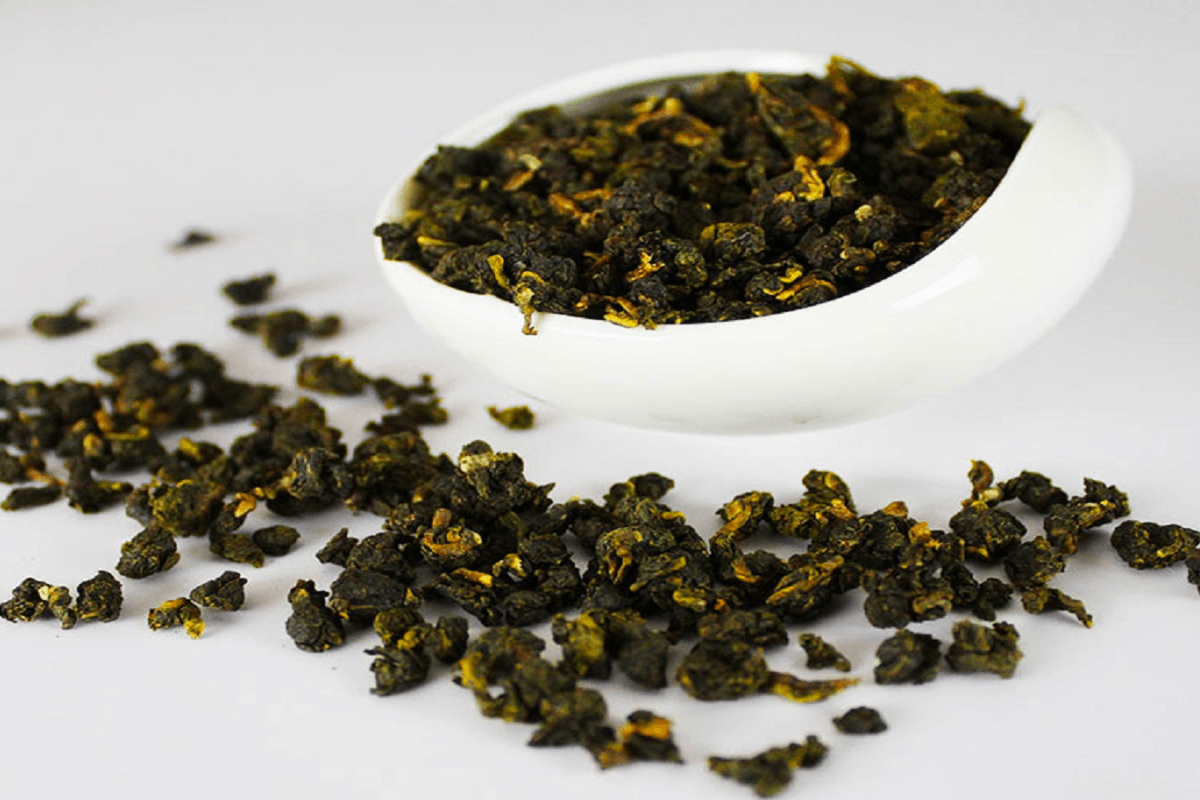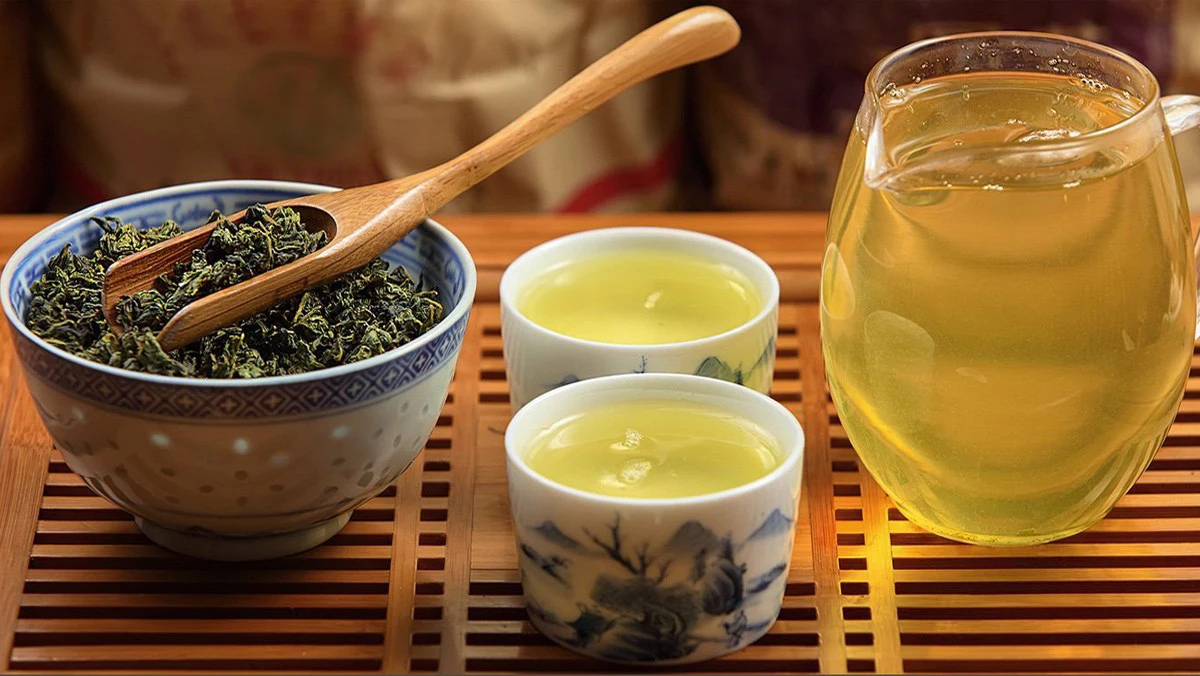Vietnamese oolong tea is a refined and sophisticated beverage known for its health benefits and natural goodness. Let’s discover why it is so popular!
Vietnamese oolong tea is a widely enjoyed beverage, celebrated for its refined taste that delivers a calm and refreshing experience. Not only is it a wholesome drink, but it is also a gem in the Vietnamese tea tradition, embodying the nation’s lush tropical landscapes and cultural richness. For those exploring Vietnam, indulging in the exquisite charm of Vietnamese oolong tea is a wonderful way to immerse themselves in the local culture.
1. What is Vietnamese oolong tea? What does it smell like?

Vietnamese oolong tea is a distinctive tea variety produced through a meticulous and nuanced process. While black tea undergoes complete fermentation and green tea does not, oolong tea is partially fermented. This tea is renowned for its rich and complex notes, often carrying a sweet, fruity scent with hints of honey that add depth to its overall bouquet.
Depending on the variations, oolong tea exhibits different flavors. It can be sweet with fruity notes and a hint of honey aroma, or it may have a gentle and subtle taste, depending on the manufacturing process. Oolong tea is also processed in many ways, but mostly it is rolled into long, pointed leaves in the traditional style.
2. What health benefits does Vietnamese oolong tea offer?

Oolong tea is not just a delightful beverage; it also provides a myriad of health advantages. Through the fermentation process, polyphenol levels are sustained, diminishing the risk of cancer and countering the effects of aging. Natural components in Vietnamese oolong tea leaves minimize the development of freckles and wrinkles, promoting youthful skin. Moreover, this tea stimulates fundamental metabolism, assisting in reducing unhealthy cholesterol levels, thereby serving as a preventive measure against various diseases like diabetes, arteriosclerosis, and heart disease.
Besides, many studies have shown that oolong tea contains components that are effective in weight loss, potentially burning 157% more fat than green tea. Thus, it is an excellent choice for those looking to shed extra pounds.
3. How is Vietnamese oolong tea made?
The production process of Vietnamese oolong tea undergoes two main steps. The specific production process is as follows:
3.1. First stage: From fresh Vietnamese oolong tea

From fresh tea leaves, there are several stages that must be undergone to become a uniquely flavored Vietnamese oolong tea.
Harvesting tea leaves
- Harvest tea leaves when buds on the tea plant have opened and started thickening.
- Pluck leaves in batches of three to five, prioritizing older and thicker leaves.
Withering the tea leaves
- Sun-dry the tea leaves for initial withering.
- Continue indoor withering to prepare leaves for further processing, enhance suppleness, and intensify the tea’s aroma.
Rolling and oxidizing
- Roll, shake, or curl tea leaves to initiate oxidation.
- Ensure the leaves are dry and oxidized for the next steps.
- Repeat until the desired level of oxidation is achieved.
- Oolong tea can have varying oxidation levels, from greener (5-10%) to more reddish (80-90%).
Killing the enzymes
- Continuously mash the tea leaves to achieve the desired oxidation level.
- Heat tea leaves to halt any further oxidation.
- Kill the enzymes in oolong tea with hot air in the oven.
3.2. Second stage: From dried Vietnamese oolong tea

After initial processing, the oolong tea undergoes additional steps to become market-ready.
Shaping
- Process tea into strip-shaped or semi-ball-shaped forms.
- The leaves are then wrapped in cloth, kneaded to form tight balls, gently separated, and kneaded again.
- In mass production, machines aid with the kneading process, while small producers hand-knead, carefully twisting the cloth-wrapped tea lengthwise to prevent tearing.
Drying (Roasting)
- In commercial production, oolong tea is roasted in ovens for the first roasting.
- Additional roasting enhances flavor and prolongs the tea’s shelf life.
4. Detailed steps to brew Vietnamese oolong tea

Following are the detailed instructions to brew Vietnamese oolong tea:
- Prepare clean utensils, including a teapot, a kettle, and teacups.
- Rinse the teapot with boiling water to sterilize, prevent the brewing water from losing temperature, and retain all the tea essence.
- With a wooden or bamboo spoon, scoop the tea leaves into the teapot. Metal spoons are not recommended, as they may tamper with the taste of the tea.
- Rinse the tea by pouring in boiling water just until it covers all the leaves, swirling the teapot, and discarding the water to awaken the tea’s aroma and eliminate the acrid taste.
- Steep the tea with boiling water and cover the lid. Continue pouring boiling water around the teapot to steep the tea for the first infusion, known as the fragrance infusion, for about 30 seconds. The steeping time for oolong tea’s second, third, fourth, and fifth infusions should be 20 to 30 seconds each. The time can be increased slightly for subsequent infusions.
- Pour the tea into cups and enjoy. Use a strainer to discard the small tea leaves and ensure the purity of your Vietnamese oolong tea.
5. What distinguishes Vietnamese oolong tea from others?

Oolong tea is a meaningful gift for friends and family after a trip to Vietnam. You can easily purchase oolong tea at most destinations. Nevertheless, it is essential to understand the methods for distinguishing Vietnamese oolong tea from various other tea varieties.
To distinguish Vietnamese oolong tea from other types of tea, we need to understand the characteristics and differences of this tea variety:
- Appearance: Oolong tea is characterized by small, round pellets or long, curled leaves with a blackish-green color, a result of machine rolling and pressing during processing.
- Aroma: It offers a diverse range of aromas, such as the fragrance of fruits, honey, spring flowers, grass, or ripe fruit.
- Taste: It has a very mild bitterness and a sweet aftertaste.

